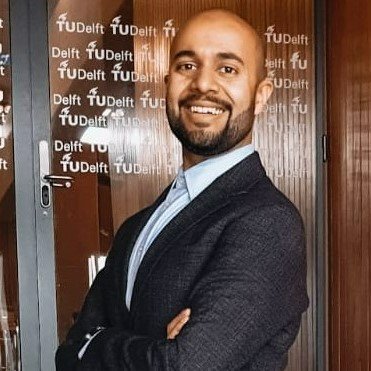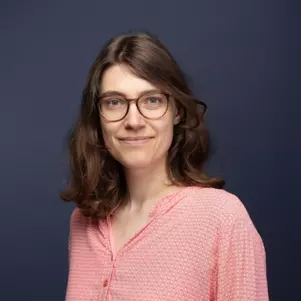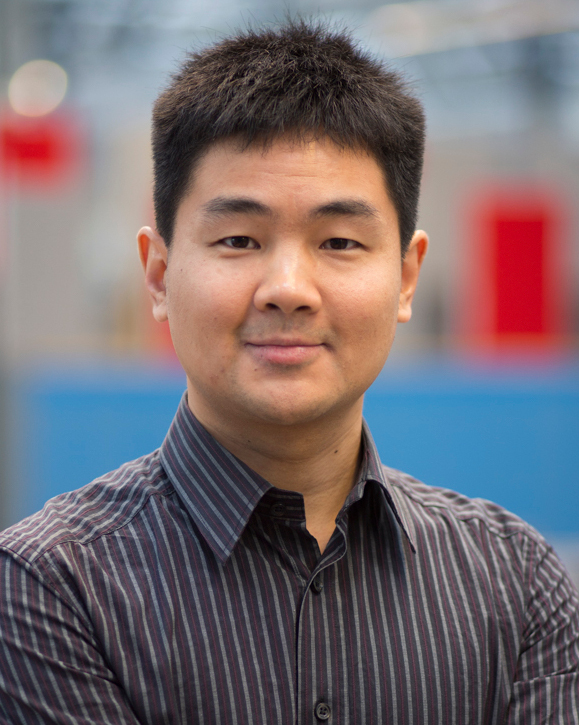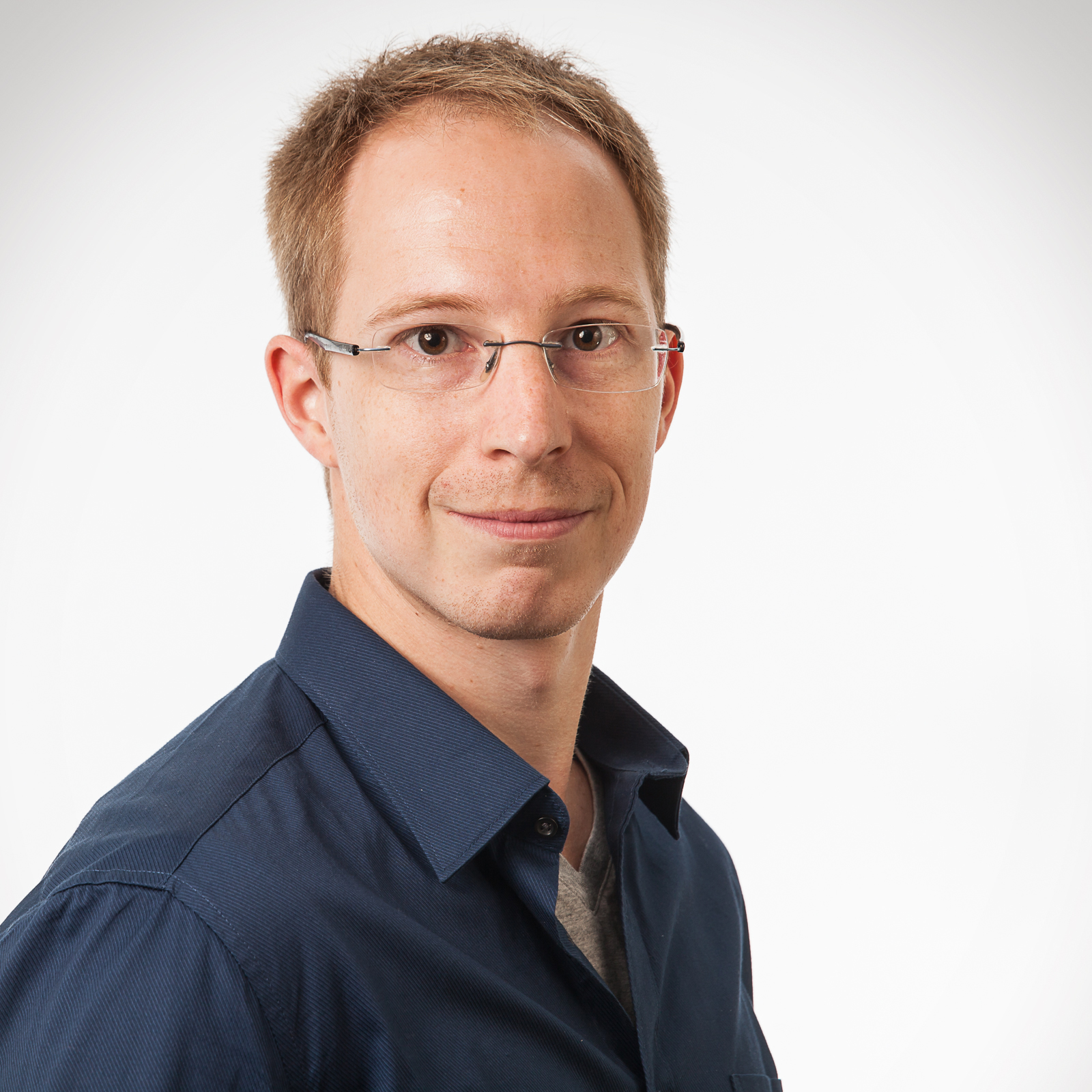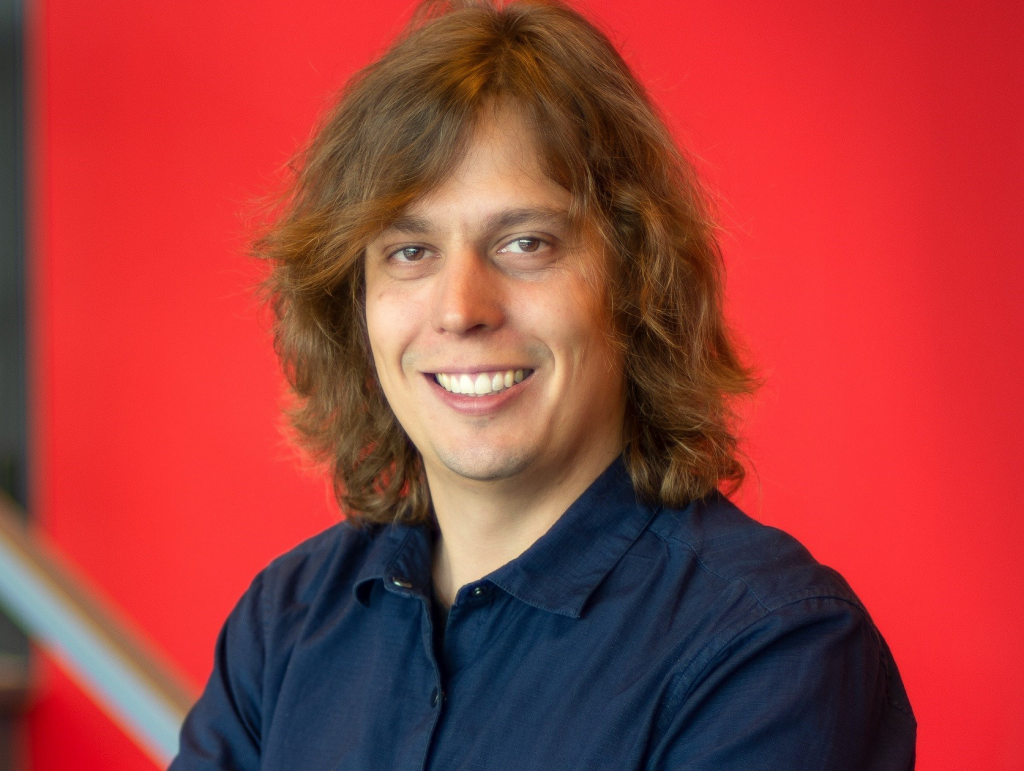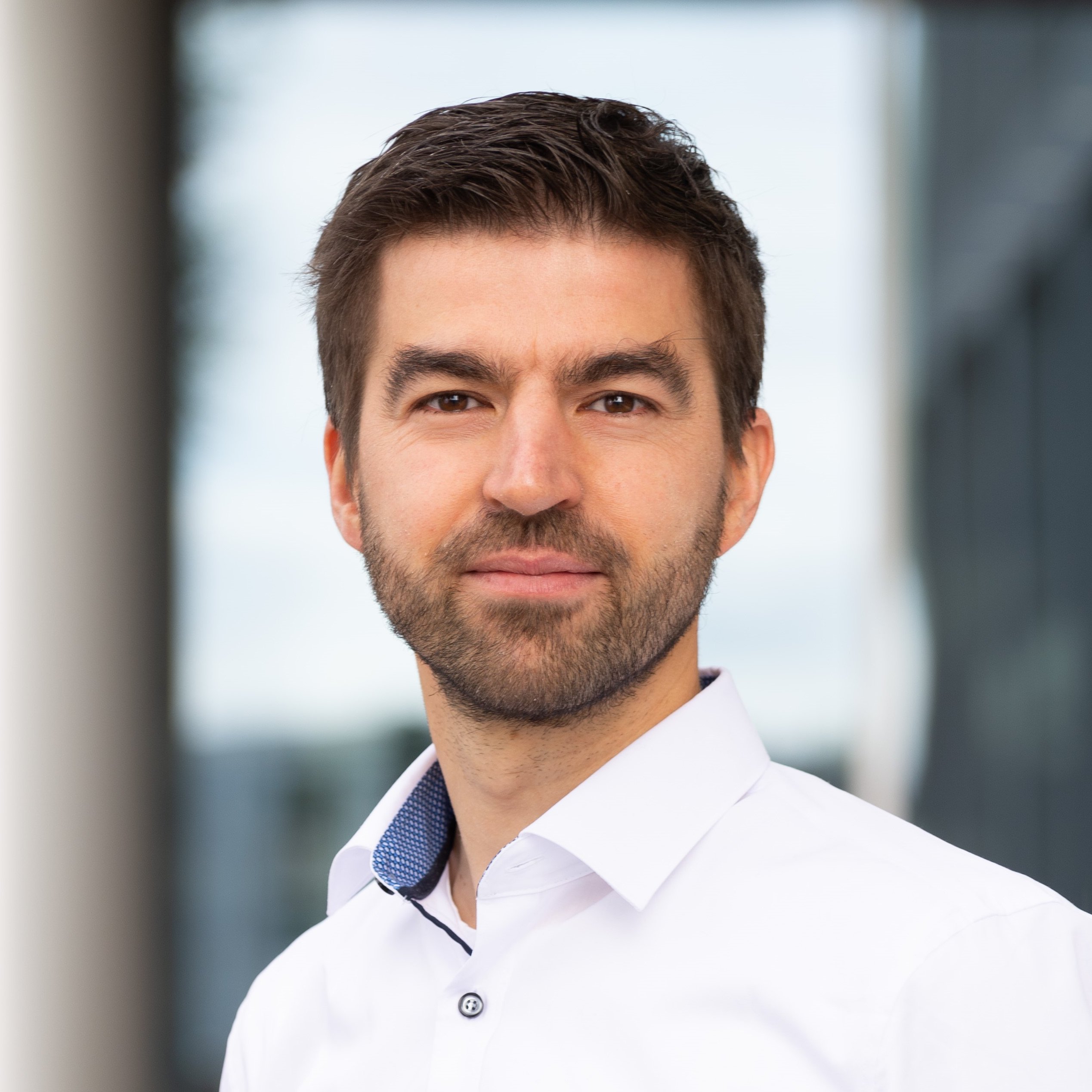Eight TU Delft researchers receive Vidi grants
The Dutch Research Council (NWO) has awarded eight TU Delft researchers from the Science (ENW) and Applied and Engineering Sciences (AES) domains, a Vidi grant of up to 800,000 euro. This will enable the laureates to develop an innovative line of research over the next five years and further expand their own research group. A total of 97 Vidi grants were awarded.
TU Delft’s three Vidi laureates in ENW domain are:
Mathematics of interface motion in fluid mechanics
Dr. Manuel Gnann, Electrical Engineering, Mathematics & Computer Science (EEMCS)
The mathematics of fluid mechanics is an active field of theoretical research connected to many applications. I mathematically investigate multiple phases having liquid-air or liquid-liquid interfaces touching a solid wall. A typical example is the boundary of a water droplet wetting the leaf of a tree. Solutions to the underlying equations vary dramatically close to the boundary, that is, they become singular. I will develop a mathematical framework to account for such singularities, which forms the base for an accurate solution on a computer.
More information and faculty news
Unlocking non-reciprocal superconductivity using quantum materials
Prof. dr. Mazhar Ali, Applied Sciences (AS)
Nonreciprocal electron conduction (forward != backward) is an important phenomenon integral to modern integrated circuit technology based on semiconducting junctions. However, nonreciprocal superconductivity, where charge moves without resistance enabling low power, very high speed devices, has remained elusive. Using recent breakthroughs in 2D quantum materials, physicists will create and control nonreciprocal superconductivity by integrating quantum materials, materials with intrinsic quantum effects, into Josephson junctions – the superconducting analog to the semiconducting junction. This novel approach offers a highly tunable platform for understanding the fundamental mechanisms driving nonreciprocal superconductivity as well as optimizing the property for next generation technological applications.
More information
Video: Quantum researchers highlighted
Sense, Decide, Develop: how to maintain accuracy in gene regulation and development
Dr. Marianne Bauer, Applied Sciences (AS)
For organisms to develop well, cell-fate decisions need to be made correctly, and these in turn are based on an accurate sense of the cell’s environment. Researchers will investigate mechanistic processes which contribute to noise, regarding the spatial structure of the genome, on the one hand, and develop information-theoretical and mathematic frameworks to infer optimal network architectures from experimental data on the other. This project is based on experimental collaborations in a series of developing systems, from flies to viruses.
More information
Personal page
TU Delft’s five Vidi laureates in AES domain are:
SpaceTimeOpt: Space-time optimization for additive manufacturing
Dr. ir. Jun Wu, Industrial Design Engineering (IDE)
Additive manufacturing holds the promise to manufacture with less waste and energy, and to deliver the optimal quality for products ranging from customized medical implants to lightweight airplane parts. Design by structural optimization is key to reach the optimal quality. However, the quality of optimized designs is compromised, as the underlying physics of the fabrication process is not taken into account in structural optimization. By introducing the time dimension to encode fabrication sequences, SpaceTimeOpt allows the concurrent optimization of the structural layout and the fabrication sequence. This will enable additive manufacturing to deliver on its promise.
More information and faculty news
Personal page
Let’s put CO2 to a good use
Dr. ir. Remco Hartkamp, Mechanical Engineering (ME)
Greenhouse gases can be converted to useful products via an electrical process called electrolysis. Electrolysis is promising and finds increasingly more use in industry, but the efficiency of this technique is still too low to address CO2 emissions. This project aims to solve one of the technical questions currently standing in the way of large-scale implementation of electrolysis. The researcher will use computer simulations to optimize the conversion of CO2 and in this way bring us a big step closer to a sustainable future.
More information
Light to sense ultrasound in medical imaging
Dr. ir. Wouter Westerveld, Mechanical Engineering (ME)
Medical imaging with ultrasound has recently seen great advances in hardware and algorithms. However, current high-end systems still detect ultrasound using piezo-electric sensors. The intrinsic noise of these sensors limits the quality and resolution of current medical images. Therefore, this research studies ultrasound sensing with light, which can have 100x better noise performance. The goal is to integrate hundreds of sensors in a photonic microchip and to interrogate them all simultaneously through a thin fibre-optic cable. This can open new applications in medical diagnostics and life science research. Such as the high-resolution brain imaging targeted in this project.
More information
Fast and precise: a new microscope to visualize deep inside the cell
Dr. Carlas Smith, Mechanical Engineering (ME)
The mystery of life is hidden deep within the cell (less than one millionth meter) and happens at lightning speed (less than a tenth of a second). One microscope can reveal the smallest details, the other can take fast pictures, but so far there is no technique that does both and therefore can be used to study live tissues. To reveal what really happens in living tissue, scientists are building a microscope that combines different microscopy techniques and are developing an algorithm to cleverly combine the taken pictures. The algorithm will also indicate the reliability of the reconstruction.
More information
Towards green fuels with nano-sized thin layers
Dr. ir. David Vermaas, Applied Sciences (AS)
How to fuel our processes without fossil resources? We can convert water and CO2 in green fuels, such as hydrogen and precursors for sustainable gasoline, using renewable electricity. That requires selective membranes to separate fuel products from its resources. However, current membranes perform below industrial standards. Therefore, I will investigate (nano-)thin layered membranes, which potentially produce highly pure fuels at high energy efficiency. Each layer features a different functionality: rejecting undesired species, hydration, or facilitating the chemical reaction. These membranes allow us to synthesize green fuel efficiently for accelerating the energy transition.
More information
Personal page
NWO Talent Programme
The NWO Talent Programme gives researchers the freedom to pursue their own research based on creativity and passion. The NWO Talent Programme encourages innovation and curiosity. Curiosity-driven research contributes to and prepares us for tomorrow’s society. That is why NWO focuses on diversity in terms of researchers, domains and backgrounds. Together with the Veni and Vici grants, Vidi is part of the NWO Talent Programme.
NWO selects researchers based on the academic quality and innovative character of the research proposal, scientific and/or societal impact of the proposed project and the quality of the researcher.
Click here for answers to some frequently asked questions about the Talent Programme.
Please read the press release of NWO.

